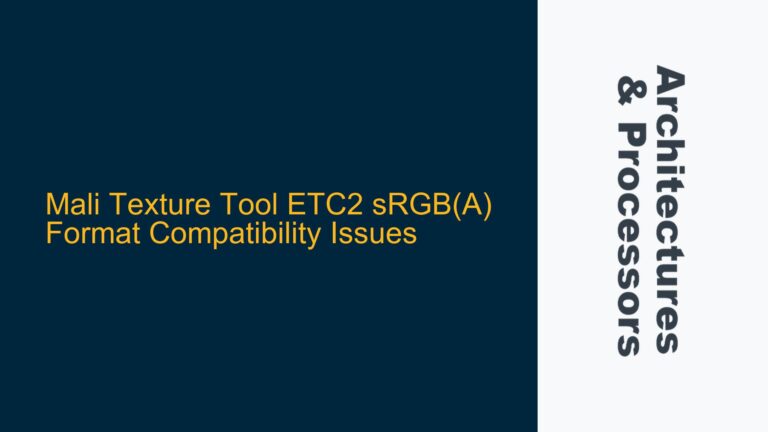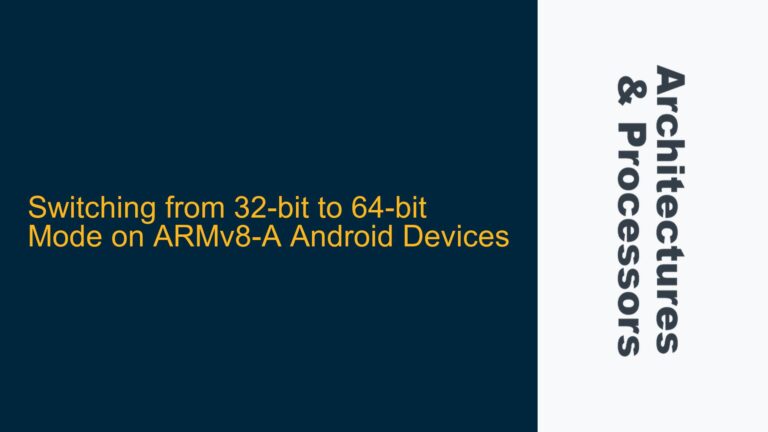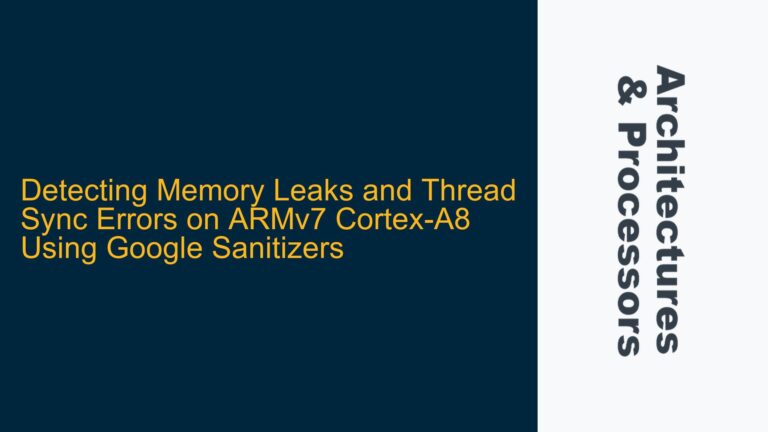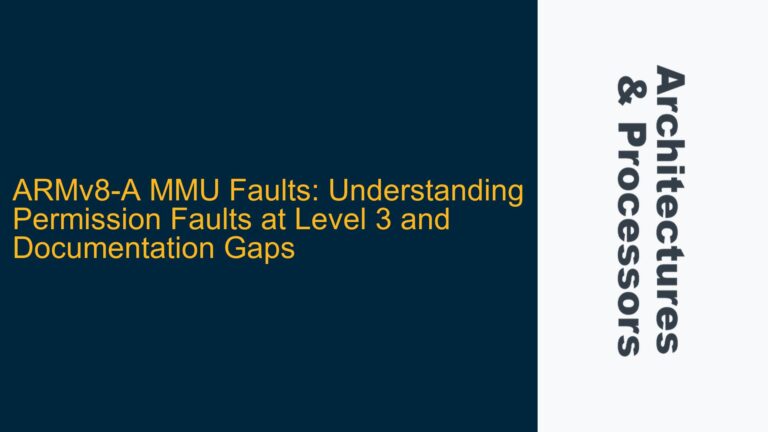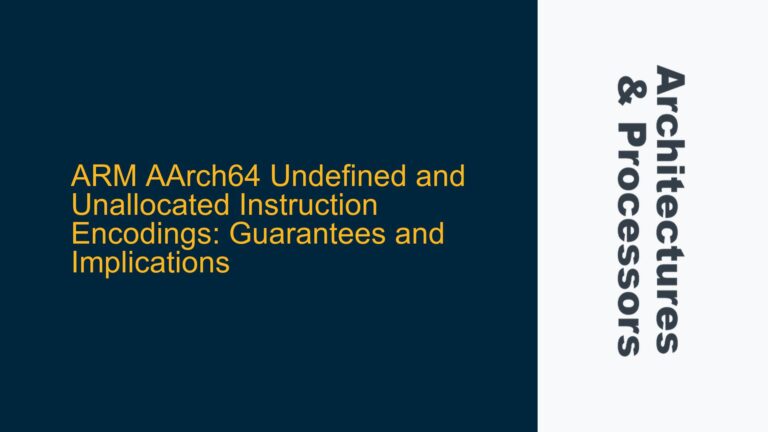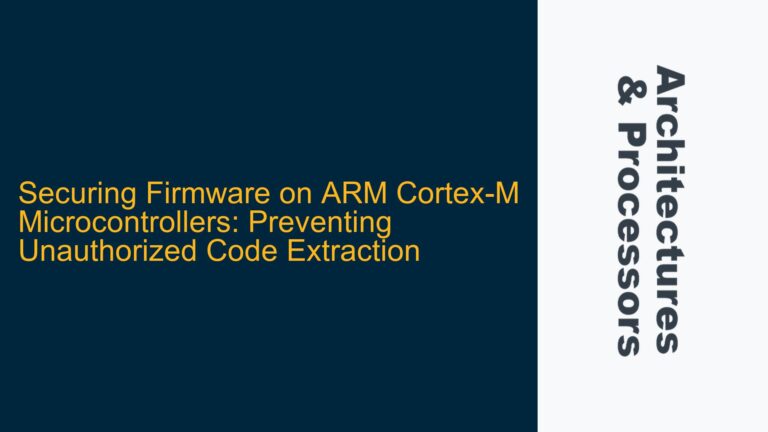ARM Cortex-R5F MBIST Configuration Challenges in SoC Designs
The ARM Cortex-R5F is a widely used real-time processor core in System-on-Chip (SoC) designs, particularly in applications requiring high reliability and deterministic performance. One critical aspect of ensuring reliability in such designs is the implementation of Memory Built-In Self-Test (MBIST) mechanisms. MBIST is essential for detecting memory faults during manufacturing testing and in-field operation. However, configuring MBIST for the Cortex-R5F can be challenging, especially when compared to other ARM cores like the Cortex-A55, which often come with pre-defined MBIST Interface (MBIF) files. These MBIF files are used to generate library files for MBIST EDA tools, simplifying the integration and configuration process.
In the case of the Cortex-R5F, the absence of a readily available MBIF file can lead to significant hurdles in the MBIST implementation process. This issue is particularly pronounced in heterogeneous SoC designs where multiple cores, such as the Cortex-A55 and Cortex-R5F, coexist. The Cortex-A55 typically has a well-documented MBIST flow, including MBIF files, while the Cortex-R5F lacks similar documentation or resources. This discrepancy can cause confusion and delays in the design process, especially for engineers who are accustomed to the streamlined MBIST configuration available for other ARM cores.
The core of the problem lies in the differences in how ARM provides support for MBIST across its processor families. While the Cortex-A series often includes comprehensive documentation and tools for MBIST, the Cortex-R series, particularly the Cortex-R5F, may not have the same level of support. This can be attributed to the different use cases and market segments targeted by these cores. The Cortex-A series is generally used in applications where performance and feature richness are prioritized, while the Cortex-R series is designed for real-time, safety-critical applications where reliability and determinism are paramount. As a result, the MBIST implementation for the Cortex-R5F may require a more customized approach, tailored to the specific requirements of the target application.
Lack of Standardized MBIF Files for Cortex-R5F MBIST Integration
The absence of a standardized MBIF file for the Cortex-R5F is a significant barrier to efficient MBIST implementation. MBIF files serve as a bridge between the processor core and the MBIST EDA tools, providing the necessary information to configure and generate the MBIST logic. Without a predefined MBIF file, engineers must manually create the necessary configuration files, which can be both time-consuming and error-prone. This manual process involves understanding the intricate details of the Cortex-R5F memory architecture, including the memory map, address ranges, and access protocols.
One possible reason for the lack of a standardized MBIF file for the Cortex-R5F is the variability in memory configurations across different SoC designs. The Cortex-R5F is often used in custom SoCs where the memory architecture is tailored to the specific application requirements. This variability makes it difficult to create a one-size-fits-all MBIF file that can be used across different designs. Additionally, the Cortex-R5F is typically used in safety-critical applications where the MBIST implementation must adhere to strict functional safety standards, such as ISO 26262 for automotive applications. This adds another layer of complexity to the MBIST configuration process, as the MBIST logic must be designed to meet these stringent requirements.
Another factor contributing to the lack of a standardized MBIF file is the relatively lower demand for MBIST in the Cortex-R5F compared to the Cortex-A series. While MBIST is a critical feature in high-performance applications, it may not be as widely used in real-time applications where the focus is on deterministic performance and low latency. As a result, ARM may not have prioritized the development of MBIF files for the Cortex-R5F, leaving it to the SoC designers to implement MBIST according to their specific needs.
Custom MBIST Implementation Strategies for Cortex-R5F
Given the challenges associated with the lack of a standardized MBIF file for the Cortex-R5F, SoC designers must adopt a more customized approach to MBIST implementation. This involves several key steps, starting with a thorough understanding of the Cortex-R5F memory architecture and the specific requirements of the target application. The first step is to define the memory map and identify the memory blocks that need to be tested. This includes both on-chip memories, such as SRAM and cache, as well as off-chip memories connected to the Cortex-R5F.
Once the memory map is defined, the next step is to configure the MBIST logic to test these memory blocks. This involves setting up the MBIST controller, which is responsible for generating the test patterns and analyzing the results. The MBIST controller must be configured to match the memory architecture of the Cortex-R5F, including the address ranges, data widths, and access protocols. This configuration process can be complex, as it requires a deep understanding of both the Cortex-R5F memory architecture and the MBIST EDA tools being used.
In addition to configuring the MBIST controller, engineers must also ensure that the MBIST logic is integrated correctly into the overall SoC design. This includes verifying that the MBIST logic does not interfere with the normal operation of the Cortex-R5F and that it can be activated and deactivated as needed. This is particularly important in safety-critical applications where the MBIST logic must be able to run in the background without affecting the real-time performance of the Cortex-R5F.
To streamline the MBIST implementation process, engineers can leverage existing resources and tools provided by ARM and third-party vendors. For example, ARM provides a range of documentation and application notes that cover the memory architecture and MBIST implementation for the Cortex-R5F. These resources can be used as a starting point for developing a custom MBIST solution. Additionally, third-party EDA tools often include templates and scripts that can be adapted to the specific requirements of the Cortex-R5F. These tools can help automate some of the more tedious aspects of MBIST configuration, reducing the risk of errors and speeding up the design process.
Finally, it is important to validate the MBIST implementation to ensure that it meets the required functional safety standards. This involves running a series of tests to verify that the MBIST logic can detect and report memory faults accurately. These tests should cover a range of fault scenarios, including stuck-at faults, transition faults, and coupling faults. The results of these tests should be documented and reviewed to ensure that the MBIST implementation meets the necessary safety and reliability requirements.
In conclusion, while the lack of a standardized MBIF file for the Cortex-R5F presents challenges, it is possible to implement a robust and reliable MBIST solution with careful planning and execution. By understanding the memory architecture, leveraging available resources, and following a structured approach to MBIST configuration, SoC designers can ensure that their Cortex-R5F-based designs meet the highest standards of reliability and safety.

